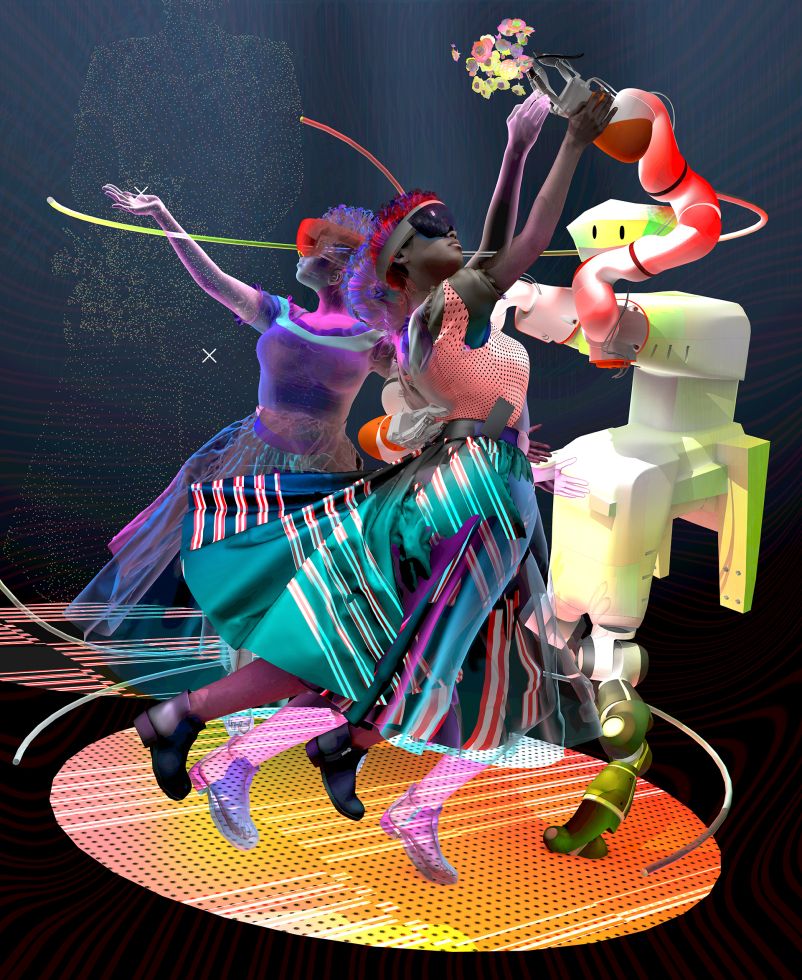
News Humans, robots, cobots!
In ten years, every worker on the shop floor will have a robot
“Nowadays, every office worker has a laptop. In ten to fifteen years, I believe every worker on the shop floor could have a robot,” says Uwe Zimmermann, Project Manager and Corporate Research Team Leader at the robot manufacturer Kuka. Many experts share this vision: In the future, humans and machines will work together in partnership, share the same workspace, and no longer need to be separated by protective barriers.
Unlimited potential for human-robot collaboration?
Collaborative robots – or “cobots” in short – will take industrial production to the next level, at least according to the general consensus in the robotics industry. But there are also some critical voices: For applications where humans no longer work hand in hand with each other, they believe that there is also not unlimited potential for human-robot collaboration (HRC). Uwe Zimmermann admits: “The vision of humans and robots occupying the same workspace is indeed a little strange. But the potential I see lies not in the context of fully automated production lines, but in the flexible deployment for smaller batch sizes.”
“We expect that collaborative applications will emerge wherever full automation cannot be implemented in a cost-effective manner”, confirms Harald Dickertmann, Executive Vice President Sales Gripping Systems with the robot supplier Schunk.
Harald Dickertmann, Executive Vice President Sales Gripping Systems with the robot supplier Schunk, confirms: “We expect that collaborative applications will emerge wherever full automation cannot be implemented in a cost-effective manner.” The focus lies on applications where the production volume is too low for fully automated solutions and too high for manual processing. This makes robot systems attractive even for small and medium-sized enterprises.
Cobots are lighter, simpler, and more flexible
Originally, cobots were designed for direct collaboration with humans. In the meantime, however, it appears that in many cases the development is more likely to lead to coexistence: Today, cobots are mainly used where there is either no space for conventional automation solutions or where they would be too expensive. Cobots are lighter than conventional industrial robots, are easier to transport, and can thus be deployed more flexibly. According to the International Federation of Robotics (IFR), cobots currently account for just three percent of newly installed industrial robots. The suppliers to the automotive industry are pioneers in this field. Cobots perform strenuous assembly tasks and help with packaging or quality assurance. Welding is also increasingly being handled by lightweight robots due to their high precision and consistency.



